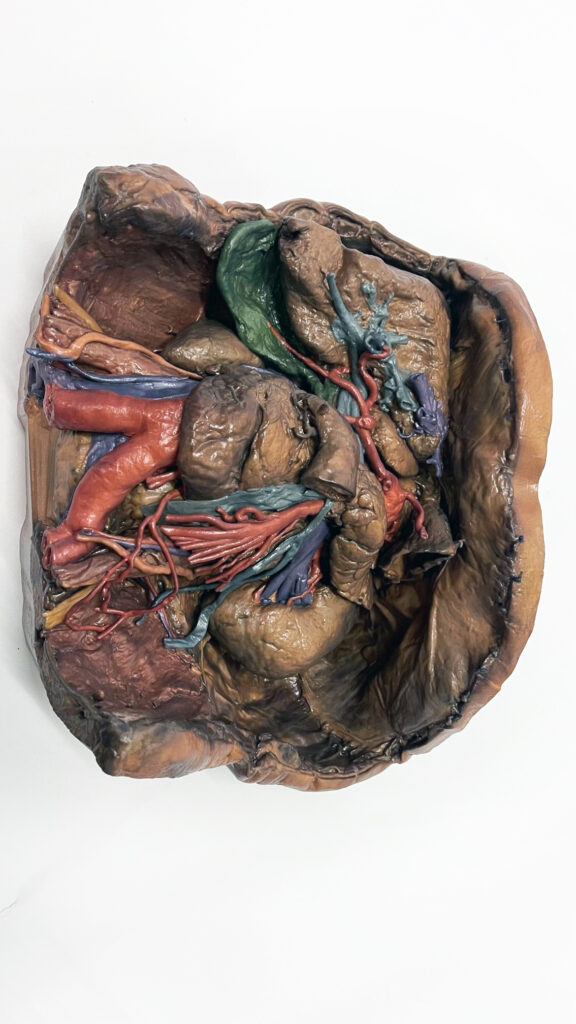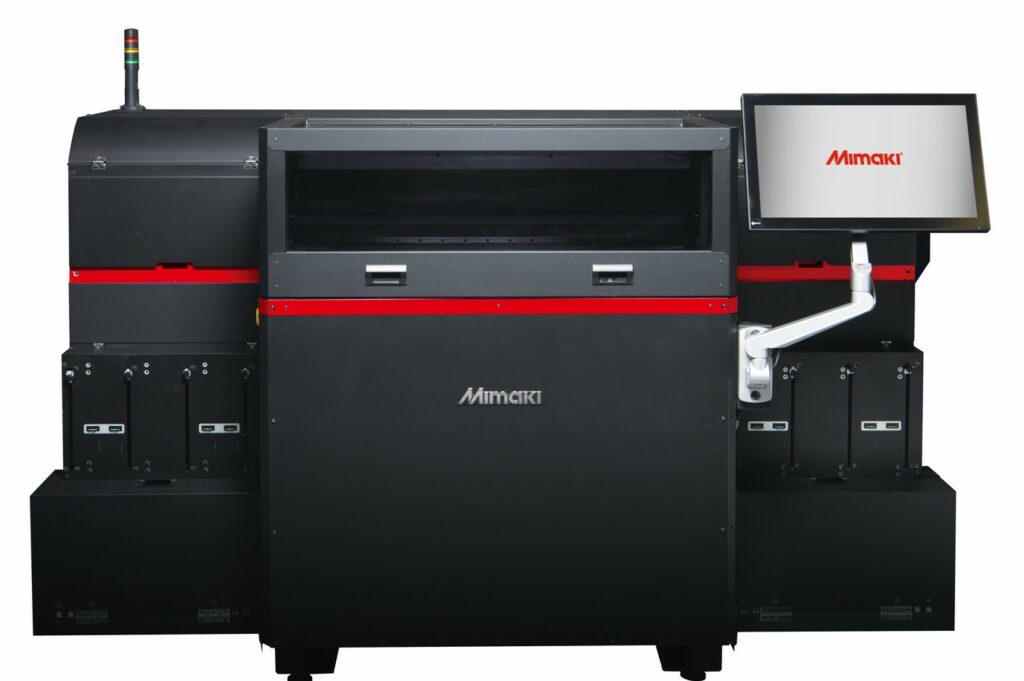Andreas Falk, COO of Erler Zimmer, an expert company in anatomical model-making, discusses the use of 3D printing and how it has helped propel medical education.
Historically, the use of cadavers has been paramount in the effective teaching of anatomical science and medicine. How better to understand anatomy than to dissect and examine that of a real body? However, in recent years it has become apparent that 3D printing opens up a new approach to medical education.
As you probably know, the technology can replicate any part of the human body in photorealistic detail on-demand. While cadavers are a practical and useful tool for medical students, there are undeniably drawbacks to their use – ranging from ethical to accessibility issues.
Using the right 3D printing technologies, such as Mimaki’s 3DUJ Series, that delivers precision and quality capabilities can help to deliver real-life printed models required in hospitals and universities.
Anatomical models are nothing new to medical training. One such company that has dominated this market is Erler Zimmer. Founded in 1950 by Johannes Erler and his son-in-law Walter Zimmer, the focus has always been the production and marketing of educational materials, within the sphere of medicine. Traditionally, they would manufacture products with the use of injection moulding, following up by painting it. For a long time, these models were used hand in hand with cadavers, as well as digital simulations for medical training.
Making the shift to 3D printed models
 While Erler Zimmer initially never thought they would end up in 3D printing, in 2021 they made the shift. Monash University (Australia) approached them for models of digital scans that they had collected of real cadavers. Realising traditional model making technologies wouldn’t work, as the detail required from the digital scans was too great, Erler Zimmer started exploring the avenue of 3D printing.
While Erler Zimmer initially never thought they would end up in 3D printing, in 2021 they made the shift. Monash University (Australia) approached them for models of digital scans that they had collected of real cadavers. Realising traditional model making technologies wouldn’t work, as the detail required from the digital scans was too great, Erler Zimmer started exploring the avenue of 3D printing.
Andreas Falk, COO at Erler Zimmer, stated that they had tried another brand of 3D printer, but ultimately, after 6 months of testing, they decided to return it due to constant malfunctions. They then discovered the Mimaki 3D printing range, investing in a 3DUJ-553, the 3DUJ Series’ industrial scale 3D printer, and haven’t looked back since, with plans to purchase two more 553’s. In Germany, where the company is located, Mimaki authorized 3D dealer DP Solutions GmbH & Co KG conducted the sample productions and instructed Erler Zimmer on how to the use new machines and their related software.
“We found that Mimaki offered us the ultimate solution. With the 3DUJ-553’s over 10 million colour capabilities, we were able to print in fine colour details which is very important in medical education,” comments Falk. “Improving models through colour gave an even better result for teaching than using a real cadaver, and solved the problem many countries face regarding ethical or religious issues with using cadavers, who were very much limited to using charts and simple anatomical models. Now they can have plastic replicas of real human bodies, which has brought teaching much further than it was before.”
There are many benefits of using full colour within anatomical models, Falk continued to explain. “The first step was reproduction of a healthy body. We now have a new series of pathologies which are opening new opportunities. There are many diseases most doctors would have never seen because it’s so rare to find a cadaver with that specific disease. We now have a collection of diseased reproductions that students can interact with, which is a massive step forward for medical teaching all over the world.”
Ease of reproducibility is another major improvement over traditional teaching models. With the 3DUJ-553, Erler Zimmer can produce the exact same model again and again, unlike with a cadaver, where there is just the one. This means that in a room full of students, every student can have the identical model in front of them, instead of crowding around one table.
 Materials in use for these models are also very important when teaching, with the 3DUJ-553 able to print in hard and soft resins that are dissectible and injectable, as well as transparent to show internal structures. The resins also allow for a much smoother surface texture than their traditional powder-based 3D printed counterparts. “For us the clear material is very important,” Falk comments. “There are a lot of fine vessels, nerves, and things that could all break during use, so we use the clear material to make support structures to strengthen the product.”
Materials in use for these models are also very important when teaching, with the 3DUJ-553 able to print in hard and soft resins that are dissectible and injectable, as well as transparent to show internal structures. The resins also allow for a much smoother surface texture than their traditional powder-based 3D printed counterparts. “For us the clear material is very important,” Falk comments. “There are a lot of fine vessels, nerves, and things that could all break during use, so we use the clear material to make support structures to strengthen the product.”
When questioned regarding run-time, Falk highlighted that they leave their printer running constantly. “The only time it’s not printing is when it’s being cleaned and when we remove the model from the machine – and we start the next print almost immediately afterwards.” In the six months of operation, Erler Zimmer’s Mimaki 3DUJ-553 printer has been running continuously with no hiccups or dips in quality.
3D printing technology is still evolving in the medical model making industry, especially as expectations and demands for more realistic and complex models grow. Many, including Erler Zimmer, are keen to utilise flexible materials with a full colour for example, which Mimaki are in fact hoping to cater to in the not-too-distant future. Another point noted by Falk for those wanting to take up full colour 3D printing is the software. “The most challenging part is putting together different scanning technologies, as medical models mostly use a mixture of CT, MRI, and optical scanning as well as manual treatment. You really need an anatomist to do the work to make it medically correct. The difficulty is then putting together all the different data and handling the preparation of all the print files, for which you really need a specialist, in order to produce correct models.”
While colour was not initially at the forefront of 3D printing, new capabilities have seen a shift in the markets and a growing importance of what this technology can be used for, whether that’s in the medical, gaming or art industries. A whole new realm of possibilities has been brought to fruition, dreamt up by a new wave of ambitious designers, with its potential being and utilised in areas of design and anatomical model-making that were previously unimaginable.
Remember, you can post job opportunities in the AM Industry on 3D ADEPT Media or look for a job via our job board. Make sure to follow us on our social networks and subscribe to our weekly newsletter : Facebook, Twitter, LinkedIn & Instagram ! If you want to be featured in the next issue of our digital magazine or if you hear a story that needs to be heard, make sure to send it to contact@3dadept.com.






